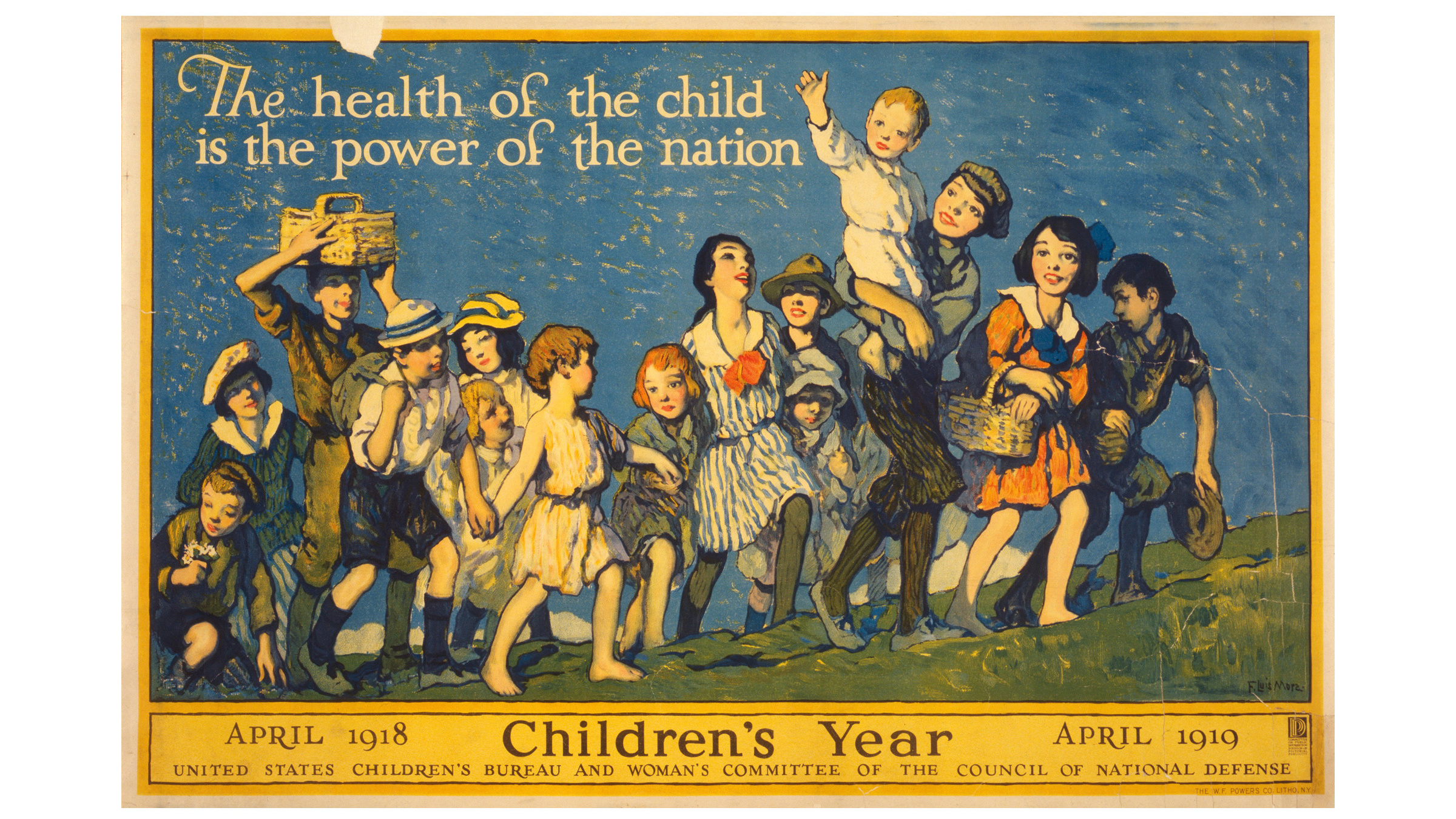
However, the definition, function, and practice of social justice were, and remain, contested. From the beginning, social work explicitly elevated social justice as a key value and goal. Tensions regarding social work’s goals have affected the profession since its inception. Library of Congress, Prints & Photographs Division, LC-DIG-hec-05755 To promote clarity, the term health social work describes contemporary practice within health and public health social work refers to the subdiscipline that integrates public health into social work.Ĭhildren’s Bureau Leadership. Where indicated, we use the terms of the era to describe social work practice. 5Ī note on terminology: no one term describes health-related social work. However, social workers also practice at intermediary levels as navigators and care managers and at the macro level in health administration, prevention and health promotion, research, advocacy, and policy. Most health social workers serve in direct care roles, such as counseling, health education, and crisis intervention. The umbrella of health social work includes numerous subdisciplines, such as public health, behavioral health, oncology, nephrology, and palliative care social work. 4 Dedicated to improving human well-being, social workers use ecological, clinical, and biopsychosocial approaches to work at multiple levels of society, ranging from individuals and families to neighborhoods, organizations, and government. Social work in the United States is a large, diverse profession of 600 000 practitioners, approximately half of whom are employed in health. Roosevelt (left) with Harry Hopkins, Library of Congress, Prints & Photographs Division, LC-USZ62-128038 The purpose of this article is to trace the arc of social work’s involvement in public health over the past century, highlight examples and examine forces that both drove and hindered social work in public health, and illuminate how contemporary social work can add value to public health.įranklin D. 3 However, although some older writings attest to social work’s historical relationship to public health, its contemporary significance is sometimes overlooked. 2 As noted in a letter of response, social workers have been deeply involved in addressing social determinants of health for more than a century. Social work is interwoven in the whole fabric of the public health movement, and has directly influenced it at every point.” 1 Ninety years later, the American Journal of Public Health republished a 1966 article by John Stoeckle, illustrating the public health value of social work in a medical clinic. Hopkins, then director of the New York Tuberculosis Society, who would go on to be one of Franklin Delano Roosevelt’s closest advisers and an architect of the New Deal, wrote, “The fields of social work and public health are inseparable, and no artificial boundaries can separate them. This analysis concludes that there are improvements MCH programs could implement without significant expansion in their authority or resources and points out that there is an opportunity for states to be more proactive as they have the legal authority and responsibility for assuring MCH outcomes.In 1926, Harry L. Few state health agencies (through their MCH programs and perinatal staff) are taking action in all four arenas.

State efforts in quality improvement, a process to make things better, have four arenas of activity: policy development and implementation, definition and measurement of quality, data collection and analysis, and communication to affect change. Data and information from the survey, along with five illustrative state case studies, demonstrate great variation in how individual state agencies function. This historical framework discusses two primary themes: the decades of evolution in the federal-state partnership, and the emergence in the last three decades of perinatal regional system policy, and suggests that the structure of the federal-state partnership has encouraged state variation.Ī survey of state MCH programs was undertaken to clarify their operational and perceived role in promoting quality improvement in perinatal care.


Regional perinatal systems have been implemented in all states with varying levels of involvement by state health agencies and the public sector. In the past decade with the transformation of the health care system and the emergence of managed care, there has been a resurgence of interest in public, professional, and governmental interest in quality measurement and accountability.

The origin of the federal-state partnership in Maternal and Child Health (MCH) can be traced from the Children's Bureau grants of 1912, through the Sheppard-Towner Act, to the creation of Title V and other programs of today that mandate planning, accountability, and systems development.


 0 kommentar(er)
0 kommentar(er)
